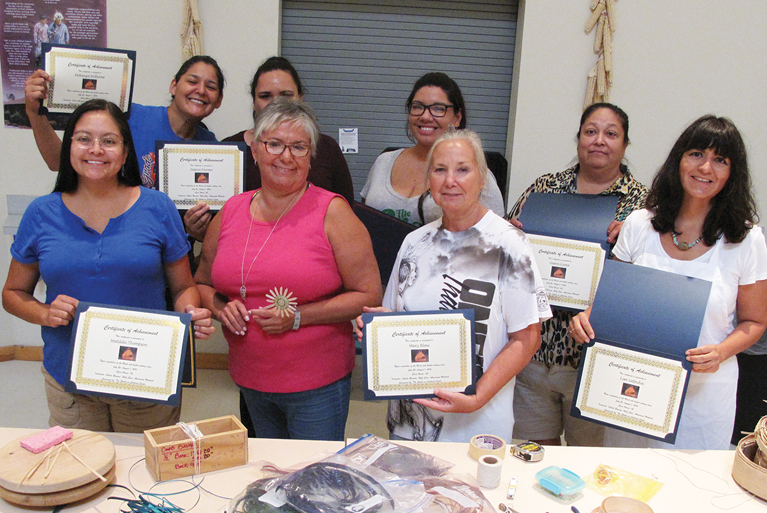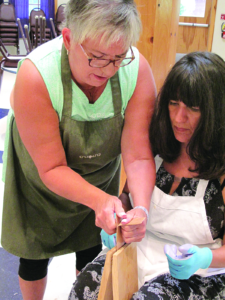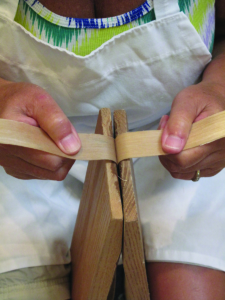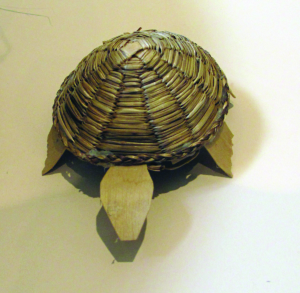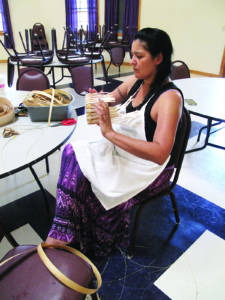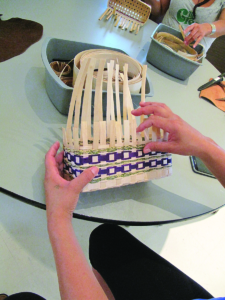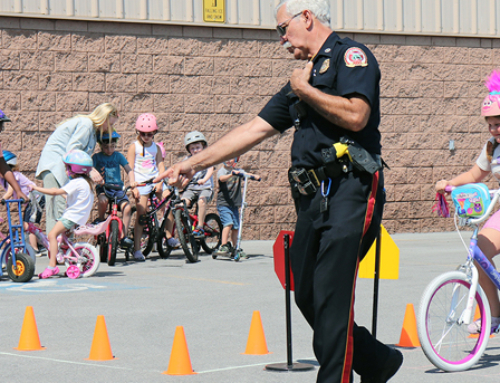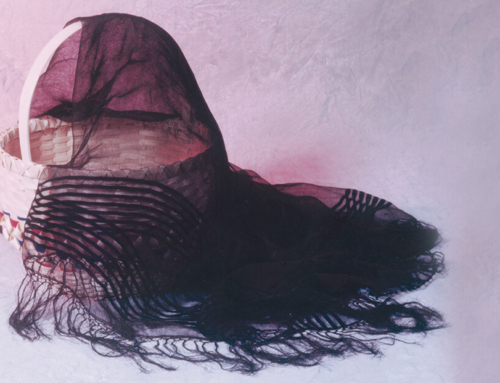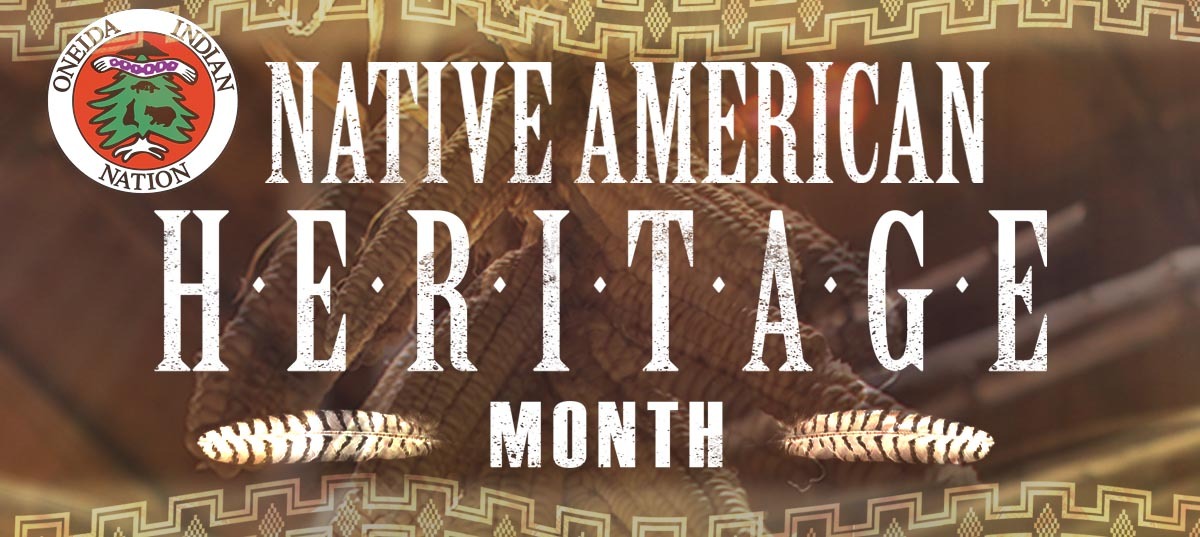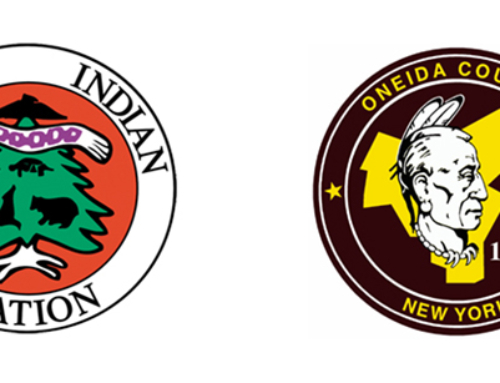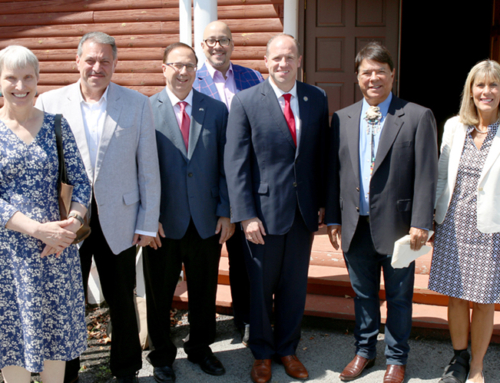It was a long and arduous project but, in the end, several Oneida and other American Indians can now proudly proclaim they have made a basket – by hand.
In late July several women interested in the art of basketry joined together in the Nation Cookhouse to partake in a basket-making class lead by artist Sheila Ransom. The class, organized by the Shako:wi Cultural Center, is just one of many geared toward helping Oneidas and other American Indians learn traditional crafts.
“It’s important to carry this on, to pass on this knowledge,” said Sheila who has been making baskets for more than 20 years. “When I came here and asked how many basket makers there were in Oneida I was told none. So I’m hoping this can continue. Maybe this is just the start. Maybe I will come back and teach them the sewing basket, a waste basket, a picnic basket… it’s just endless.”
The materials used included sweet grass and black ash. The ash is harvested and then the logs are pounded to separate annual growth rings. Once that is accomplished the remaining black ash strips are rolled into bundles, which is what Sheila brought with her. The bundles are soaked in water until pliable, and then the bundles are cleaned and split into thin layers using a knife. Alternatively, basket makers can use something similar to a small riving brake — two pieces of pine joined together with an opening at the top to insert the bundle through. At the top of the brake the bundle can be split into fine layers of now flexible material.
Within the week participants had successfully created a mail basket. “It’s easier than a sewing basket or a round basket with a cover,” Sheila said. “Open baskets take less time than one involving a cover.
“We spent two-and-a-half days cleaning splints,” Sheila explained. “They found it difficult. A lot of them had a hard time. The second day you saw everyone with Band-Aids on, with gloves on; buying and trying different kind of knives because you have to find a knife that’s your knife. I’ve had mine for 20 years!”
“I never believed it could be this hard but, obviously, you can do it,” said McKenzie Williams (Turtle Clan). McKenzie had already taken several classes through Shako:wi including the cradle board class. She admitted this class was her favorite.
Engrossed in her work she said few words as she worked on her mail basket. The basket featured purple-hued splints which when woven together with neutral-colored splints resembled the familiar design of the Oneida belt.
“I now see how much work is put into these baskets, and even those super-tiny baskets. I mean, I knew before… but now I really know.”
“These classes are awesome,” McKenzie continued. “Now I know I can make some (more) baskets. I can do different ones,” she said. And as soon as she acknowledged her words she remembered the tedious creation process and quickly added, “… I’ll even track Shelia down,” to help remain focused and motivated.
“Basket making is good medicine,” said Sheila. “It’s very important. It has been good medicine for me. It’s relaxing.”
And even though she’s spent many years creating there’s one thought that gets her each time a piece is complete. “I’ve been doing this 20 years and when I finish a basket I look at it and think, ‘Oh my god. This was a tree.’ And you see the raw material, what is started out as, and you can’t believe it came out to be this beautiful. I think they’re all beautiful.
“I think they all (the class) did a wonderful job and they all like it.”
For more informationon classes and socials please visit the Shako:wi Cultural Center pages on Facebook and Twitter. Contact Shako:wi at (315) 829-8801.


